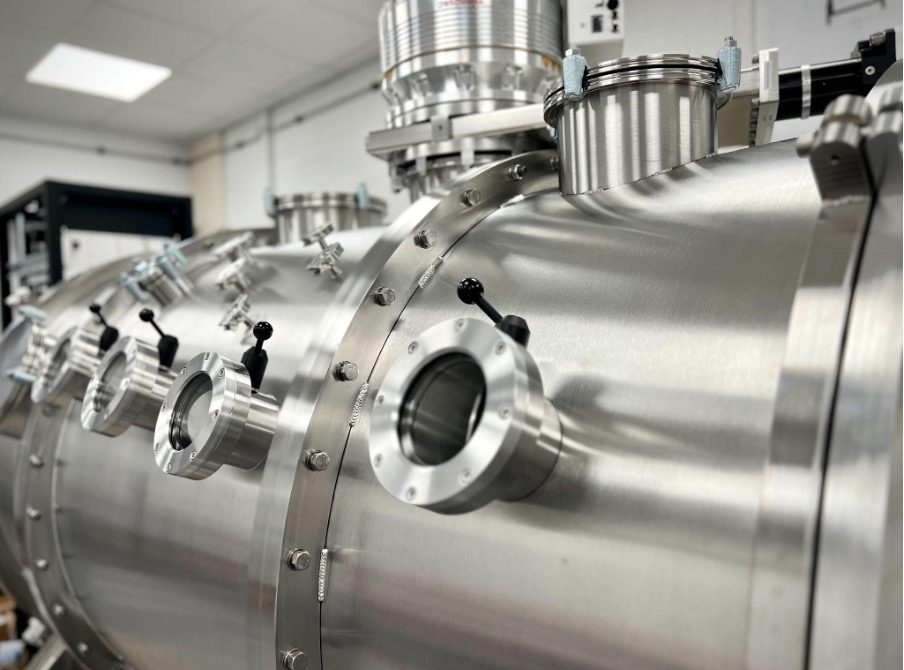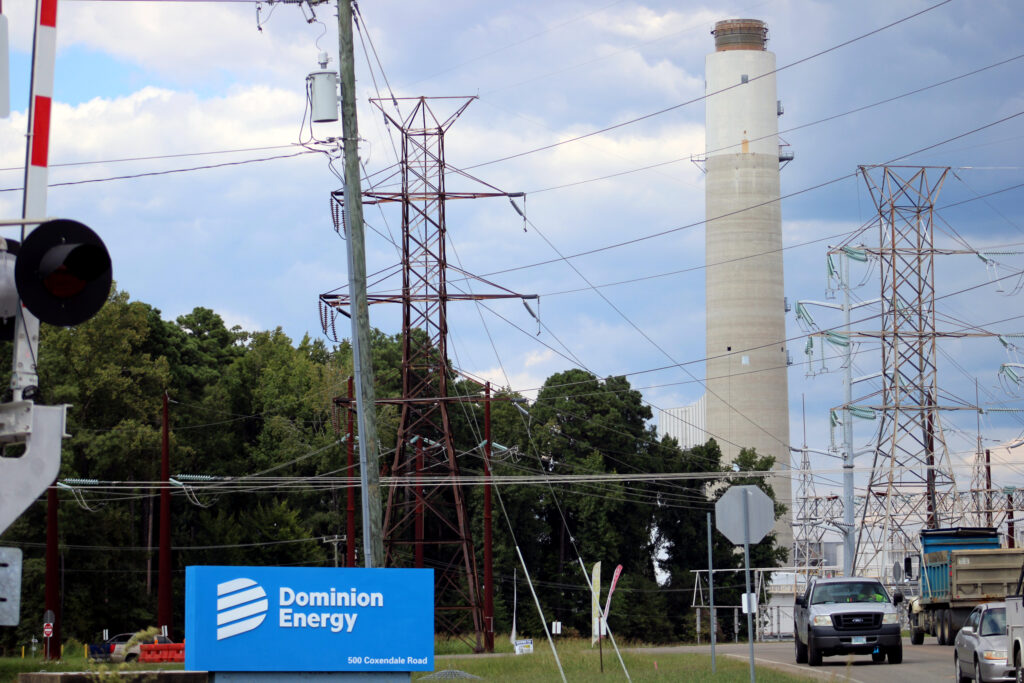A major new Horizon Europe project is seeking to reduce the release of a greenhouse gas with a global warming potential more than 25,000 times higher than CO2.
The contributors include the University of Aberdeen’s Professor Dragan Jovcic, who brings to the table his expertise in High Voltage DC (Direct Current) switchgear.
Sulphur hexafluoride (SF6) has historically been used in a variety of applications, from metal smelting to filling double-glazing panels, but the electricity industry is one of the few places where it’s still used today – due to the technical challenges in replacing it.
A synthetic, odourless gas, SF6 is used to keep grid networks running safely and reliably, accounting for around 80% of its global use*.
It is used to insulate the live electrical parts and in circuit breakers to switch the flow of electrical current on and off. Renewable technology also uses the gas – for example, switchgear for wind turbines use it to prevent overloads. Leaks can occur when handling the gas or as a result of defective seals in the installations where the gas is used.
And as the world moves away from carbon and towards electrification, the demand for components like switchgear is expected to grow, potentially doubling of the banked volume of SF6 by 2030 if executed with traditional technology.
To address this, new solutions are required in the areas where SF6-free switchgear alternatives are not yet available.
The Aberdeen HVDC (High Voltage Direct Current) research team will join 12 partners from nine countries in an EU project MISSION, an Innovation Action co-funded by the European Union through Horizon Europe and the UKRI Horizon Europe Guarantee fund, to develop and demonstrate three new SF6-free switchgear components. One of these demonstrators is Medium Voltage DC Circuit Breaker, which will be developed to commercial product with crucial research input from Aberdeen HVDC research centre.
They will work alongside leading industry players including switchgear manufacturers, grid operators, DC system developers and research institutes to demonstrate the use of technology in extreme climates and to explore reliability and cost-effectiveness.
Professor Jovcic said: “Modernisation of electrical grid infrastructure will be crucial in our transition to clean energy. Electrification lies at the heart of decarbonisation and we will need expanded electrical networks to meet growing electricity demand from industry, transport and buildings.”
“But this brings other significant challenges, including how to eliminate the use of SF6 and address critical technology gaps like development of new components for DC grids.
“DC (direct current) electrical systems have not been much utilised since AC (alternating current) system have been preferred with traditional overland power transmission and conventional electricity generation. However, AC power can only be transmitted over relatively short distances with subsea cables, and as we look increasingly to offshore wind or tidal technology to meet growing demand, solutions are needed to create high-voltage direct current (HVDC) connections and to eventually develop an HVDC grid.
“Our research at the University of Aberdeen has played an important role in the advancement of this technology and we are delighted to be part of the European MISSION project which seeks to enable emission-free energy transmission in a resilient and sustainable AC and DC electrical grids. This technology may play significant role in future Scottish energy systems, as we work on developing electrical SF6-free infrastructure for integration of Scotwind and many other large offshore wind energy projects
Atle Pedersen, the leader of the new EU project and research manager at SINTEF Energy, said: “There is a technology gap here that requires attention, and it’s fortunate that we’ve secured funding for research in this area.
“To achieve the widespread electrification necessary for reducing global greenhouse gas emissions, we must enhance our systems to efficiently connect and transfer more renewable energy into the power grid, particularly from offshore wind sources.”
















